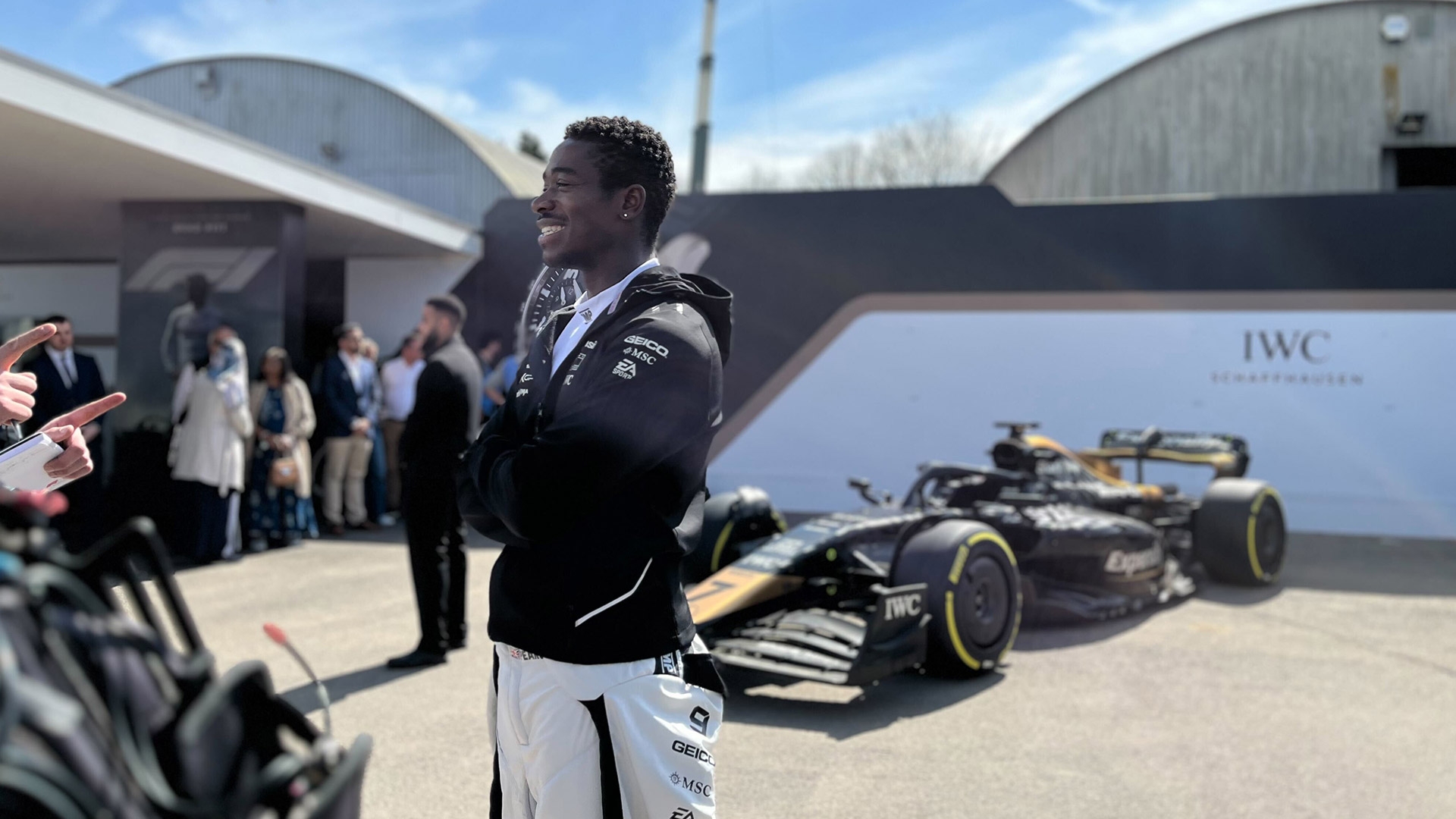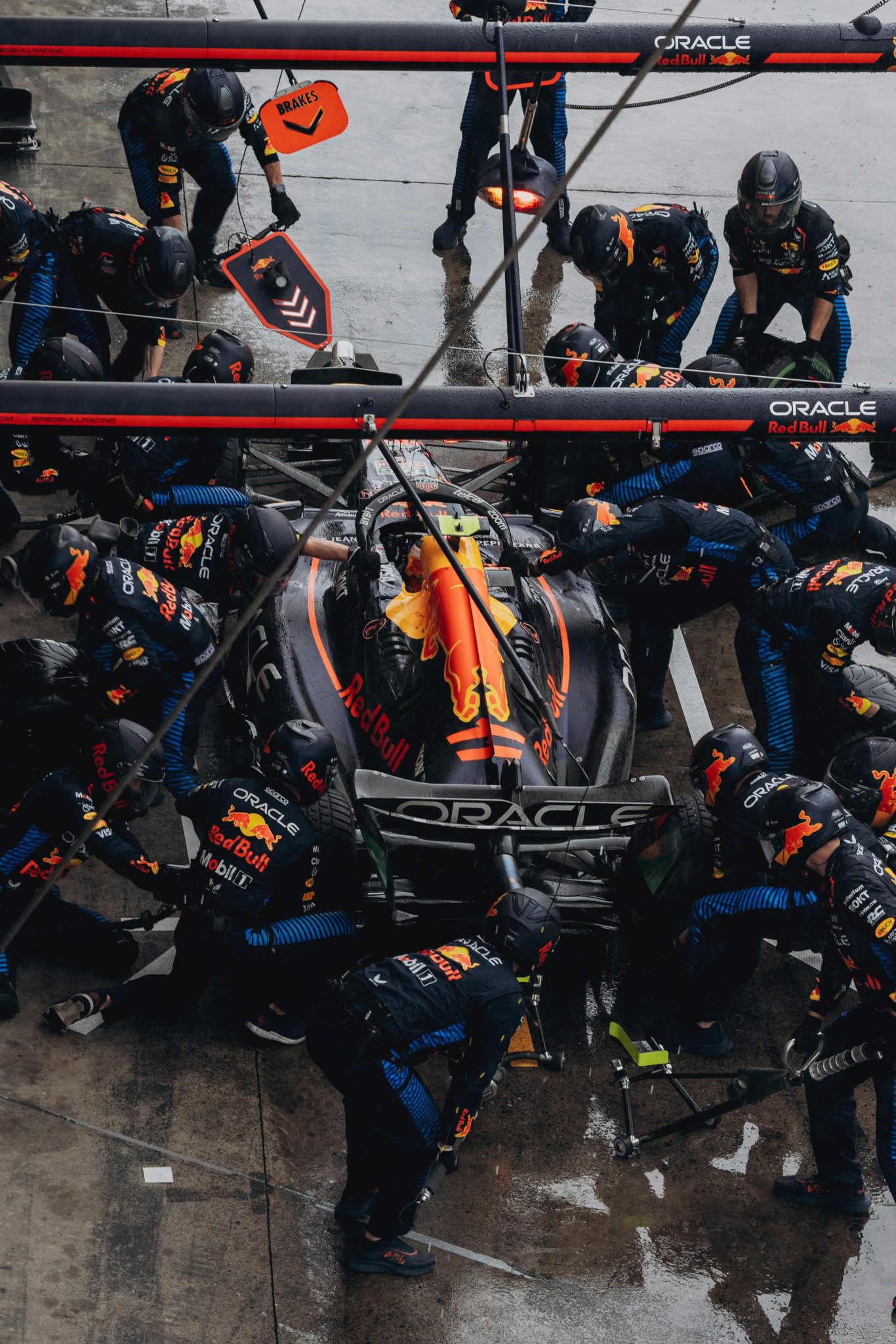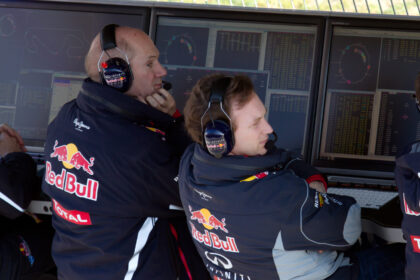Alright, F1 fam, buckle up! If you think the most exciting part of a Grand Prix is the wheel-to-wheel action on track, you’re only seeing half the show. The real drama? It’s in the pit lane, where 20+ mechanics, armed with what look like futuristic ray guns, turn four-wheeled monsters into race-winning machines in less time than it takes you to read this sentence. Today, we’re diving deep into the hidden engineering behind the fastest pit stops in motorsport history. Spoiler: it’s not just about speed—it’s about obsession, heartbreak, and the relentless pursuit of perfection. Let’s go! 🚦
- Blink and You’ll Miss It: The Magic of the Modern Pit Stop
- The Wheel Gun: F1’s Unsung Hero (and the Coolest Power Tool Ever)
- The Evolution: From Greasy Overalls to Sub-2 Second Legends
- Engineering Perfection: Why Consistency Beats Raw Speed
- The Human Factor: Pit Crew Training and the Art of the Impossible
- When It Goes Wrong: Heartbreak, Penalties, and Meme-Worthy Fails
- The Numbers Game: Records, Stats, and the Pursuit of the Impossible
- Beyond F1: How Pit Stop Tech Changed the World
- The Future: Electric Guns, Data Overload, and the Next Big Leap
- #fyp
Blink and You’ll Miss It: The Magic of the Modern Pit Stop
Picture this: It’s lap 32 of a nail-biting Grand Prix. Your favorite driver dives into the pits. The car screeches to a halt. In a blur of orange, blue, or red, four tyres are swapped, a front wing is tweaked, and—BOOM—the car is gone. All in under two seconds. TWO. SECONDS. That’s less time than it takes my dog Vettel to steal a slice of pizza off the table.
But what looks like chaos is actually a perfectly choreographed ballet, where every millisecond counts. As VHR’s behind-the-scenes breakdown puts it:
A Formula One pit stop is a rapid service carried out during a race, usually to change tyres or make performance adjustments. Today’s pit stops take less than three seconds to complete, thanks to highly trained teams and state-of-the-art equipment.
Source: VHR
And trust me, if you want to see the difference between F1 and other motorsports, check out this YouTube comparison of pit stops across racing series. It’s like watching a cheetah race a tortoise:
Watch: F1 Pit Stops vs All Motorsports
The Wheel Gun: F1’s Unsung Hero (and the Coolest Power Tool Ever)
Let’s talk about the real MVP: the wheel gun. Forget your dad’s garage tools—these are the Ferraris of impact wrenches. Every F1 team uses wheel guns from Paoli, an Italian company that’s basically the Gucci of pit lane tech. Their latest beast, the Hurricane 2.0, spins at 15,000 RPM and delivers over 3,000 ft-lbs of torque. That’s enough to launch your neighbor’s Fiat into orbit.
But it’s not just about brute force. These guns are made from aerospace-grade aluminum alloys, titanium, and even a sprinkle of carbon fiber. Why? Because every gram matters when you’re chasing tenths of a second.
Paoli’s wheel guns are high-powered versions of regular impact guns and mechatronic spaceships that are made to be consistent and reliable.
Source: Interesting Engineering
And get this: F1 wheel guns can cost up to $30,000 each. That’s more than my entire university tuition. (Sorry, Dad.)
The Evolution: From Greasy Overalls to Sub-2 Second Legends
Let’s take a quick trip down memory lane. Back in the day, pit stops were slow, messy, and honestly, kind of hilarious. Mechanics used hand tools, cars had multiple wheel nuts per wheel, and a “fast” stop was anything under 30 seconds. Drivers could even swap cars if theirs broke down—imagine Max Verstappen jumping into Checo’s car mid-race. Absolute chaos.
But then came the revolution: pneumatic wheel guns in the 1970s and 80s, single central wheel nuts, and the rise of the specialist pit crew. Suddenly, tyre changes dropped from minutes to seconds. By the 2010s, teams were breaking the 2-second barrier.
The record for the fastest pit stop is currently held by Red Bull Racing, who completed a full four-tyre change in an astonishing 1.82 seconds during the 2019 Brazilian Grand Prix.
Source: VHR
That’s not just fast—it’s superhuman.
Engineering Perfection: Why Consistency Beats Raw Speed
Here’s the wild part: F1 teams aren’t just chasing the fastest stop—they want every stop to be perfect. As Paoli’s engineers put it:
In Formula 1 they are not searching for the fastest stop, but they are searching to be stable and consistent.
Source: Popular Mechanics
Why? Because a single mistake—a cross-threaded nut, a jammed gun, a fumbled tyre—can ruin a race. Just ask any fan who’s watched their favorite driver drop from P1 to P15 thanks to a botched stop. (I’m still not over that Ferrari double-stack disaster, by the way.)
Modern wheel guns now have mechatronic systems and telemetry, so teams can analyze every trigger pull, every torque spike, every millisecond of action. It’s like having a fitness tracker for your power tools.
Paoli’s latest Hurricane 2.0 features an electronic actuator to change the direction in which the gun spins… E-Shuttle also gives teams telemetry data for the guns themselves—something that was previously reserved for Formula 1 cars themselves.
Source: Popular Mechanics
The Human Factor: Pit Crew Training and the Art of the Impossible
Let’s not forget the real heroes: the pit crew. These guys and gals train like Olympic athletes. Hundreds of practice stops, reaction drills, strength training—you name it. Each member has a single job: one gun, one nut, one shot at glory.
Behind every successful pit stop is a pit crew of roughly 20 team members, each performing a highly specific role… This team trains year-round, often practising hundreds of pit stops between races to maintain performance and synchronisation.
Source: VHR
And when it all comes together? Pure magic.
A Formula 1 pit stop is precision engineering in action. Twenty-one crew members, arranged in a U-formation, each with one specific task. Two specially designed jacks lift the car instantly. A single central lug nut on each wheel, engineered for rapid removal. Every movement choreographed, every tool designed for one purpose.
Matt Millen
Source: LinkedIn
When It Goes Wrong: Heartbreak, Penalties, and Meme-Worthy Fails
Of course, not every stop is a masterpiece. Sometimes, the pit lane is a cruel mistress. A jammed wheel gun, a loose nut, or a mistimed release can mean disaster. Remember when Bottas’ wheel nut fused to the axle in Monaco 2021? Mercedes literally had to retire the car because they couldn’t get the wheel off. Brutal.
And don’t get me started on unsafe releases. One wrong signal and you’ve got a multi-million euro crash in the pit lane.
If a wheel nut is not secured properly, the car could be forced to stop on track or even be disqualified. Mistimed releases can lead to unsafe exits, potentially resulting in penalties or collisions.
Source: VHR
But hey, at least the memes are legendary. F1 Twitter never forgets.
The Numbers Game: Records, Stats, and the Pursuit of the Impossible
Let’s get nerdy for a second. Here’s a quick look at the evolution of pit stop times:
| Year | Fastest Pit Stop (seconds) | Team |
|---|---|---|
| 1980 | ~20.0 | Williams, Ferrari |
| 1990 | ~7.0 | Benetton, McLaren |
| 2000 | ~3.0 | Ferrari, McLaren |
| 2010 | ~2.3 | Red Bull, McLaren |
| 2019 | 1.82 | Red Bull (Brazil GP) |
That 1.82-second stop? It’s not just a record—it’s a flex. And with every season, teams are pushing the limits even further.
Beyond F1: How Pit Stop Tech Changed the World
Here’s the wildest part: F1 pit stop engineering isn’t just for racing geeks. Hospitals have studied pit crew choreography to improve emergency room efficiency. Airlines have borrowed F1’s rapid refueling and servicing techniques. Even your local mechanic’s impact wrench owes its DNA to the pit lane.
As Dino Paoli’s mission statement says:
From the first pneumatic wheel gun in Formula 1 to the first electric one in Formula E, we’ve been revolutionizing motorsport since 1975, constantly pushing the boundaries of performance. Every innovation is born on the track, developed hand in hand with racing teams.
Source: Dino Paoli
The Future: Electric Guns, Data Overload, and the Next Big Leap
So, what’s next? Electric wheel guns are already making waves in Formula E. Data analytics is getting even crazier, with every pit stop logged, analyzed, and optimized. Maybe one day, we’ll see AI-controlled pit stops or even fully automated tyre changes. (Don’t worry, I’ll still be screaming at the TV.)
But for now, the magic is in the human-machine partnership. The perfect pit stop is still a thing of beauty—a split-second symphony of engineering, teamwork, and nerves of steel.
#fyp
Want to geek out even more? Here are some must-watch and must-read links to keep your F1 pit stop obsession going:
- F1 Pit Stops vs All Motorsports (YouTube)
- How an F1 Pit Stop Works: A Behind-the-Scenes Breakdown
- F1 wheel guns are truly amazing. Find out why (Interesting Engineering)
- Formula 1 Wheel Guns Are Key To Making a Perfect Pit Stop (Popular Mechanics)
- Motorsport wheel guns and tools (Dino Paoli)
- Lesson #4: From pit stop to pipeline, true efficiency comes … (LinkedIn)
And if you’re still not convinced that pit stops are the real heart of F1, just remember:
A perfect pit stop can win you the race; a poor one can cost you everything.
Matt Millen
See you in the pit lane, legends. And remember: next time you change a tyre, try beating 1.82 seconds. (Spoiler: you won’t.)













